Blog Posts Tagged Technical Content
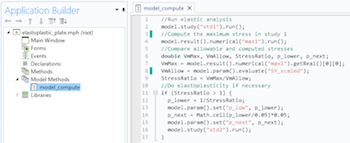
How to Automate Physics Choices and Studies Using Model Methods
The ability to create and use methods in COMSOL Multiphysics® is useful for automating your modeling processes, such as choosing physics and studies.

Why Should I Use Automatic Wall Treatment for My CFD Modeling?
The automatic wall treatment functionality enables you to use low Reynolds number models for a wider range of CFD problems, but there are some factors to consider before implementing the feature.

How to Use Model Methods to Accelerate Your COMSOL® Workflow
Methods aren’t just for enhancing simulation applications built in the Application Builder. In fact, you can create methods to streamline and automate repetitive modeling operations.
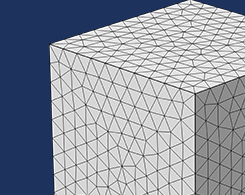
How to Generate Randomized Inhomogeneous Material Data
Did you know there is a way to take randomized material data with specified statistical properties determined by a spectral density distribution and use it to generate and visualize results?
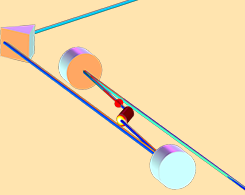
How to Analyze Laser Cavity Stability with Multiphysics Ray Tracing
If you’re looking for an in-depth example of multiphysics ray tracing, then check out this blog post about analyzing and predicting laser cavity stability in the COMSOL® software.

How to Model Heat and Moisture Transport in Porous Media with COMSOL®
Modeling the transport of heat and moisture in porous media, like building envelopes and other construction materials, is a simple process with a predefined Heat and Moisture Transport interface.
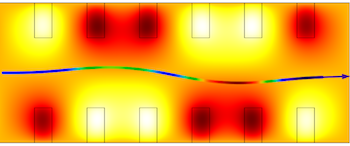
How Does the Choice of Ray-Tracing Algorithm Affect the Solution?
When performing a high-frequency optics simulation, do you use a sequential, nonsequential, or exact ray tracing algorithm? Learn how to choose to make the most of your solution.
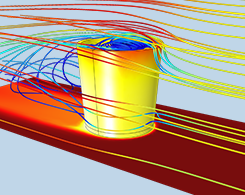
How to Model Heat and Moisture Transport in Air with COMSOL®
First, we discuss how to model heat transport in moist air. Then, we add complexity by demonstrating how to couple heat and moisture transport in air in your simulation.
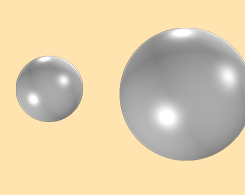
How to Calculate a Capacitance Matrix in COMSOL Multiphysics®
Calculating the capacitance between two conductors is simple, but adding more conductors to the mix (as is the case with touchscreens, transmission lines, and capacitive sensors) adds complexity.
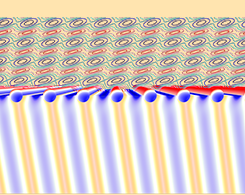
How to Model the Optical Properties of Rough Surfaces
We develop a computational model for calculating the optical properties of rough surfaces, such as incident light on a dielectric material with random variations in height and thickness.
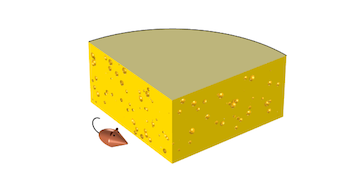
How to Create a Randomized Geometry Using Model Methods
What does cheese have to do with setting up a COMSOL Multiphysics® model? Here, we use the random holes in a piece of Swiss cheese to demonstrate creating randomized geometries with methods.
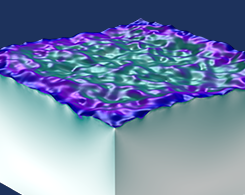
How to Generate Random Surfaces in COMSOL Multiphysics®
Get a comprehensive background and step-by-step guide to generating random surfaces in COMSOL Multiphysics®, such as rough surfaces and microstructures.
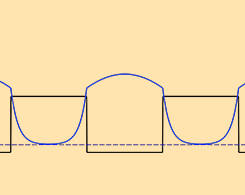
Computing the Band Gap in Superlattices with the Schrödinger Equation
You can easily compute the effective band gap for a superlattice structure by using a predefined Schrödinger Equation interface and building a simulation application.
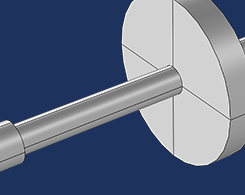
Analyzing Critical Speeds with the Rotor Bearing System Simulator
The critical speed of a rotor is the speed at which the amplitude of the vibration in the system could potentially cause failure. Analyze critical speeds in rotor designs with an application.

How to Model Gearbox Vibration and Noise in COMSOL Multiphysics®
Compute the NVH, an important design consideration for automobiles, industrial machinery, and more, in a gearbox design using multibody analysis. Part 5 of a series on gear modeling.
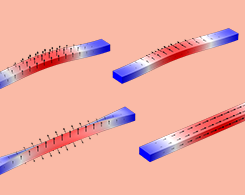
How to Analyze Eigenfrequencies That Change with Temperature
In certain scenarios, such as in the MEMS field, the eigenfrequencies of a device can change with temperature. Here’s a guide to studying temperature-dependent eigenfrequencies.
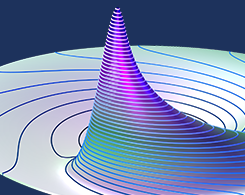
How to Add Stop Conditions to Solvers in COMSOL Multiphysics®
Learn how to implement stop conditions for time-dependent and parametric solvers in COMSOL Multiphysics®, as well as scenarios for when and why you should.
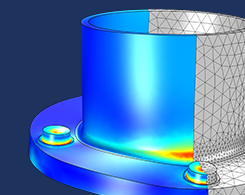
Introduction to Modeling Stress Linearization in COMSOL Multiphysics®
Your complete introduction to the theory and process for modeling stress linearization in COMSOL Multiphysics®, as well as an overview of common real-world uses for this phenomenon.
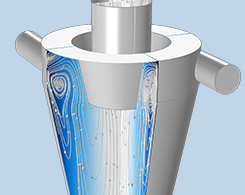
How to Use the v2-f Turbulence Model in the CFD Module
The v2-f turbulence model is an effective option for simulating highly nonlinear turbulent flow problems with both the accuracy and robustness of other, more limiting methods.
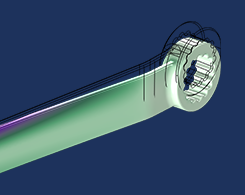
How to Manage Multiple Solutions in COMSOL Multiphysics®
3 ways to manage multiple solutions in COMSOL Multiphysics®: Combine 2 solutions into 1, store the solutions in different data sets, or join the solutions to compare them.
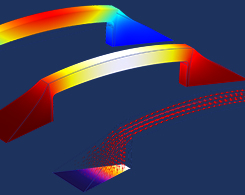
Exploiting Maximum Principles to Save Time and Resources
By exploiting maximum principles in large and complex models, you will save time and computational resources without having to buy a bigger computer or leave your model to solve overnight.
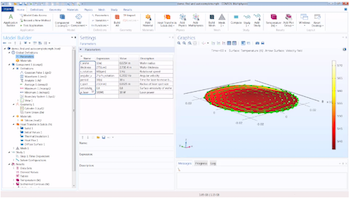
How to Use the Find and Auto Completion Tools for Faster Model Setup
Looking for a way to set up your models faster? 1 approach is by using the Find and Auto Complete tools. We discuss how to use these tools and demonstrate in an embedded tutorial video.
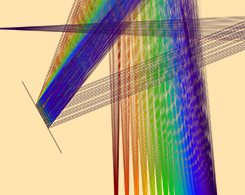
How to Use the New Ray Termination Feature for Geometrical Optics
You can simplify your optical simulations performed with the Ray Optics Module — including model setup and results analysis — with the Ray Termination feature. Read about how to use it here.
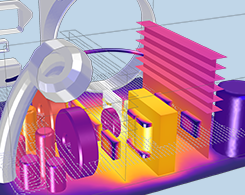
Modeling Natural and Forced Convection in COMSOL Multiphysics®
Get an overview of several approaches for modeling natural and forced convection in COMSOL Multiphysics®, starting with the simplest method and adding complexity from there.
